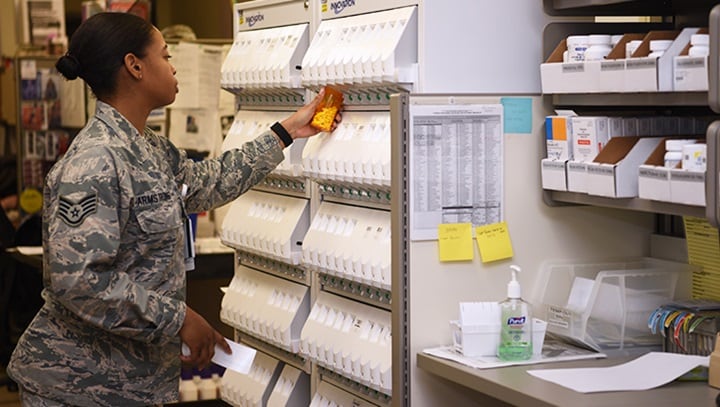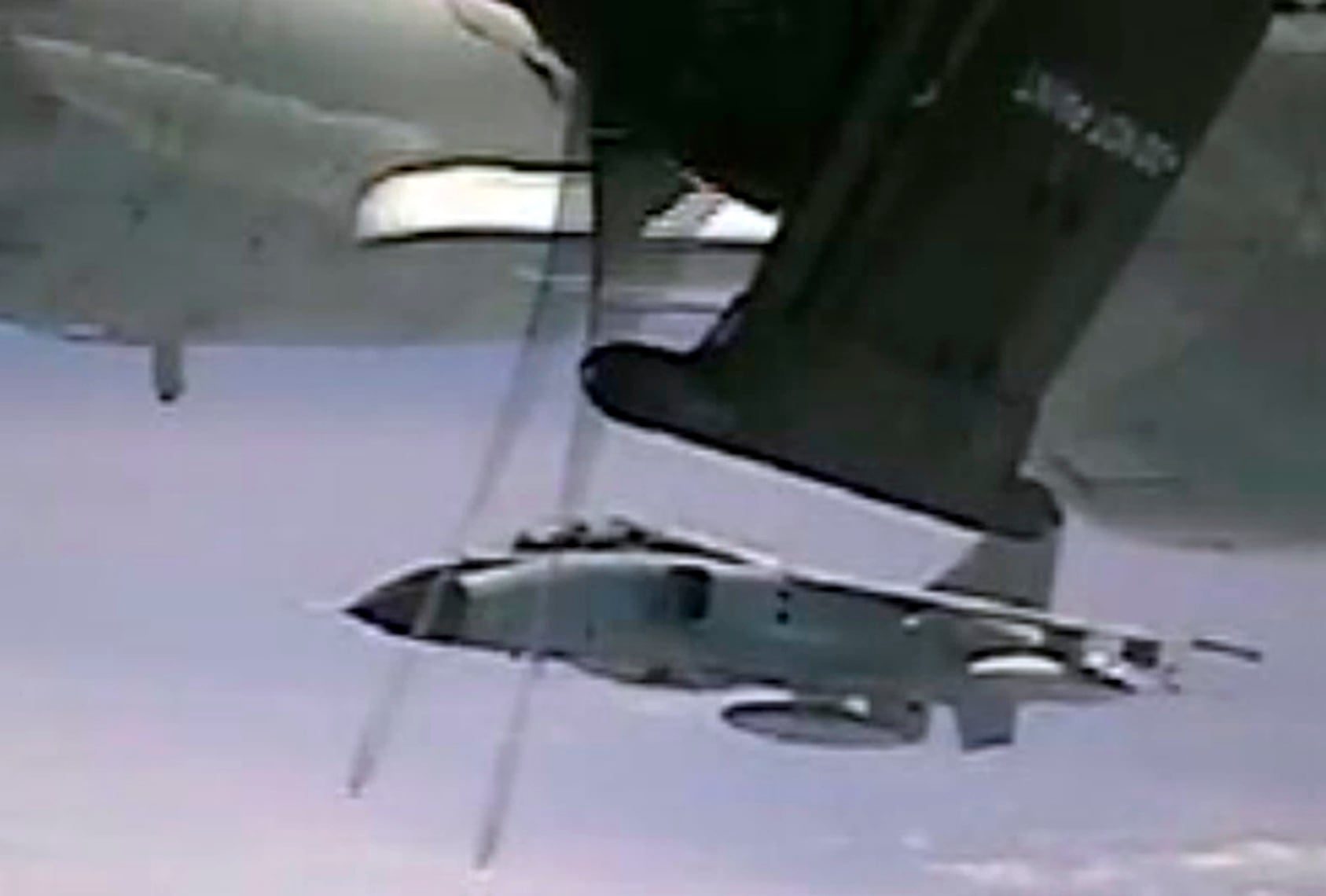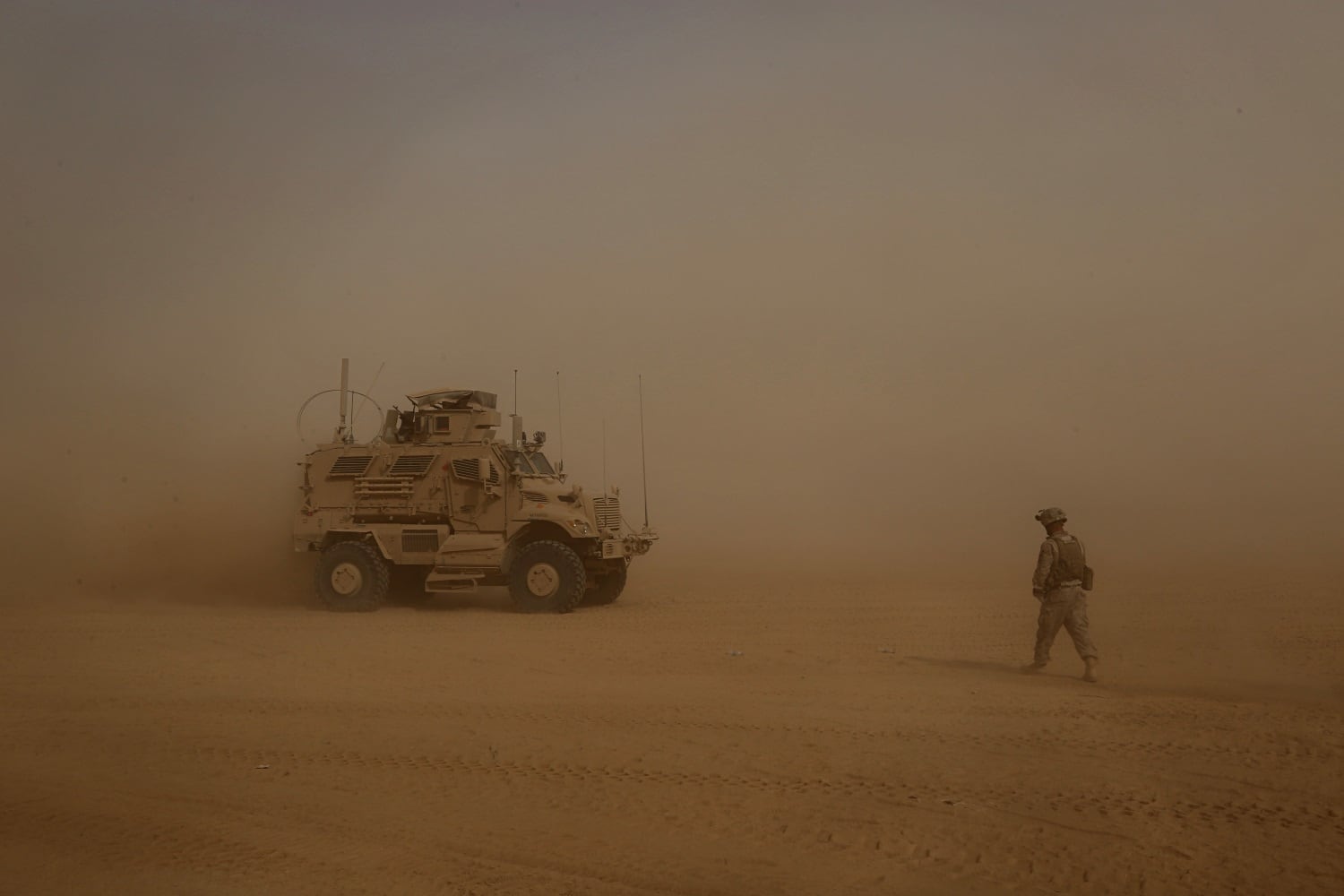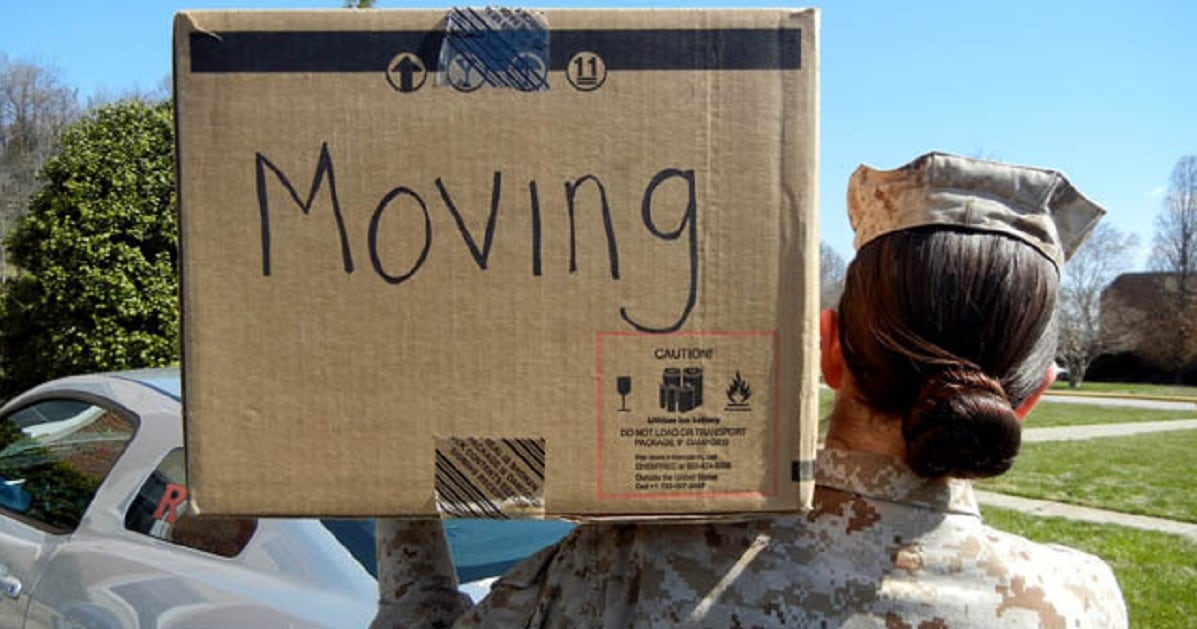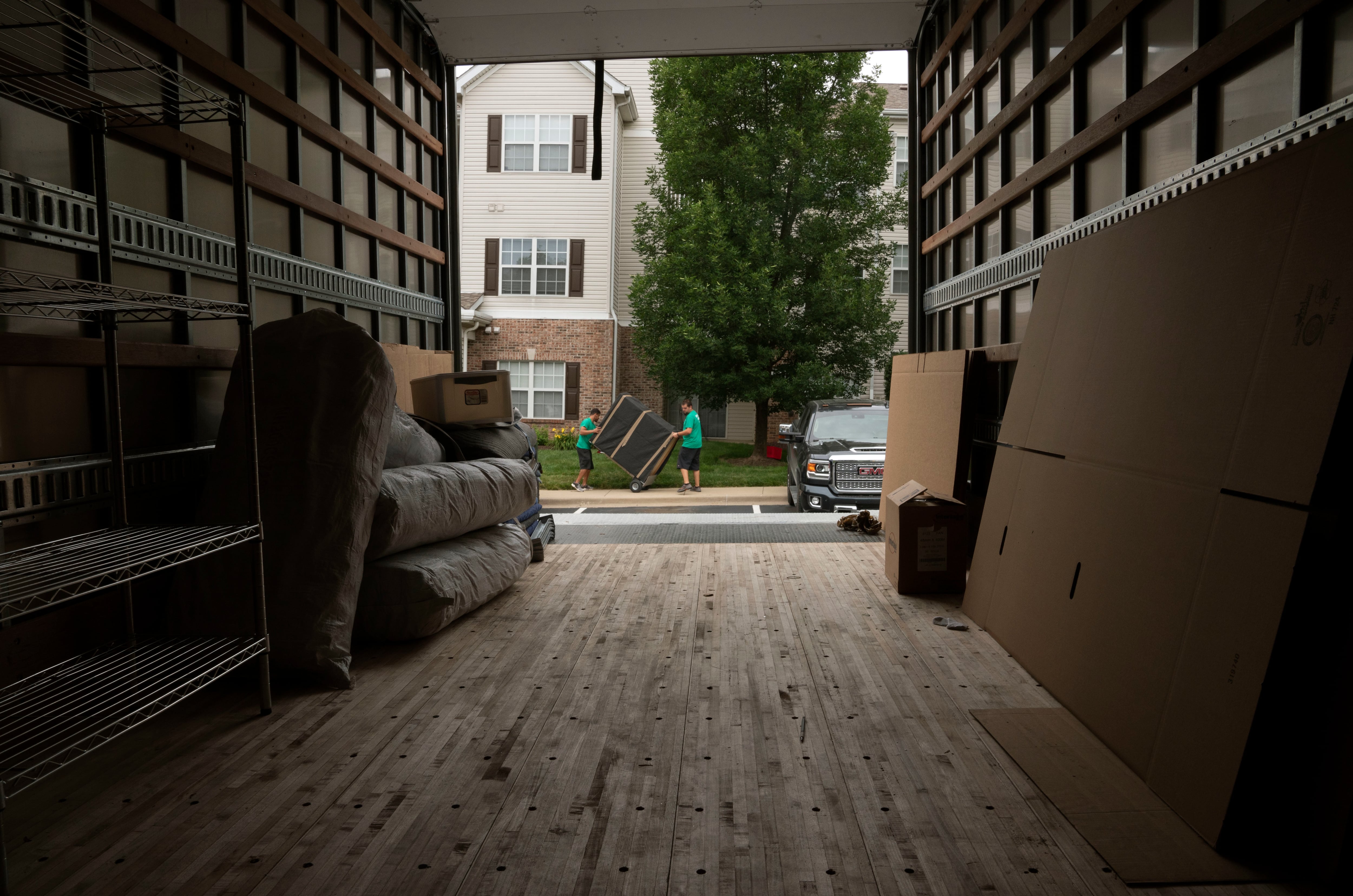The Air Force’s Office of Inspector General faulted the Air National Guard for how it conducted seven RC-26B reconnaissance flights over public demonstrations following the death of George Floyd in early June.
In an August report of investigation, obtained Friday by Air Force Times from the Office of the Secretary of Defense, the IG said the National Guard Bureau didn’t get proper permission to use reconnaissance planes in law enforcement matters.
Although some members of Congress expressed concern that the flights may have collected personal information on American citizens, the IG said that did not happen. The planes were only capable of collecting infrared and electro-optical imagery, the report said, and its equipment is not detailed enough to distinguish people’s personal features.
Protests began across the country on May 26, one day after George Floyd died during an encounter with Minneapolis police. From June 1 to June 4, the report said, the Air National Guard flew RC-26 planes a total of seven times over Minneapolis, Phoenix, El Dorado County, California, and Washington, D.C.
These flights were either in support of local law enforcement or National Guard units responding to the unrest, or both. It was the first time the RC-26 had been used for civil disturbances, the report said.
RELATED
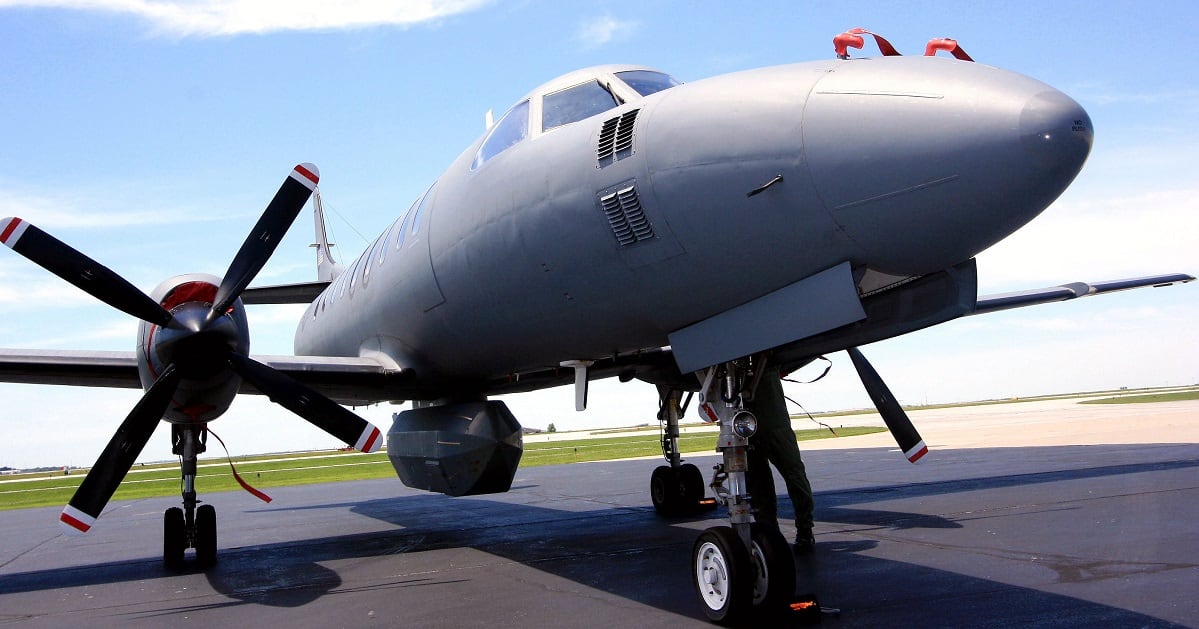
After an unidentified person or persons — the report is redacted and conceals most people’s identities — raised questions with Esper’s staff about the authorizations for the missions, they were stopped on June 5.
In a conference call with reporters Friday evening, Air Force Secretary Barbara Barrett declined to comment on whether she felt it was appropriate to use military reconnaissance planes to help monitor protests, aside from saying, “There are rules about it, and we should play by the rules.”
The planes provided National Guard and law enforcement officials with real-time situational awareness, including updates on major crowd movements or fires near government buildings, property or roads.
The IG report said there is no evidence specific people or organizations were targeted, followed or identified.
But in one “particularly concerning situation,” the report said, a briefing for a June 2 flight over Phoenix protests said the plane was meant to help law enforcement and National Guard units “deter planned/unplanned demonstrations, protests or looting.”
While missions can support civilian law enforcement, the report said, “there is no scenario in which it is acceptable or permissible to use DoD assets to deter demonstrations and protests, assuming they remain lawful.”
The report said the briefing’s failure to differentiate between peaceful and violent protest may have been due to a lack of training or proper procedure, or because it was written hastily. There was no evidence the air crew tried to deter any demonstrations or lawful protests. But the investigator said in the report that protecting constitutional rights is “fundamental,” and that it was surprising those rights were not more clearly recognized.
In contrast, the report said, the second RC-26 flight over Minneapolis scanned the rooftops of buildings to look for security concerns that would interfere with protesters’ rights, or groups that might interfere with peaceful protesters.
The RC-26′s sensors have limited resolution, the report said. A trained viewer can look at its imagery and identify specific places or distinct architectural features, or identify the make and model of a vehicle, but not read its license plate. A viewer can also tell when a person being observed is walking or riding a bicycle, the report said.
The sensors cannot allow someone to identify the facial features of someone being observed, or even tell their race or gender, the report said.
But it is possible to identify a “pattern of life” with the sensors, the report said, patterns that would allow an observer to forecast what someone might do next. It also could track someone’s “suspicious movement,” and a recording could be used as evidence in a court of law if that observed suspicious behavior is connected to a crime.
Without proper oversight, the report said, the military’s intelligence capabilities “could become law enforcement capabilities” and be used in civilian criminal prosecutions, though investigators found no evidence that the June flights were used in this way.
For that reason, the report said, the Defense Department requires the defense secretary or an authorized subordinate to approve the use of military intelligence assets for non-intelligence purposes such as this summer’s protests.
The National Guard Bureau incorrectly believed the RC-26 wasn’t an intelligence resource and, therefore, the authorization rules did not apply to its operations, according to the report. For that reason, the bureau did not ask Esper’s office for permission.
The people who planned and carried out the missions told investigators several times that they knew such missions fall under special authorities. But there was a lack of understanding and knowledge of how various rules applied to these situations, the report said.
The report also said the Defense Department’s policy on these flights is vague, which contributed to the Guard’s incorrect conclusion that the RC-26 wasn’t an intelligence resources.
The IG recommended the Guard review its rules governing the use of intelligence assets, particularly when used to support civilian law enforcement, and clarify them. The Guard should also review its procedures for such missions and provide more training to states to clear up confusion on various authorities and when they can be applied to domestic missions.
Stephen Losey is the air warfare reporter for Defense News. He previously covered leadership and personnel issues at Air Force Times, and the Pentagon, special operations and air warfare at Military.com. He has traveled to the Middle East to cover U.S. Air Force operations.

